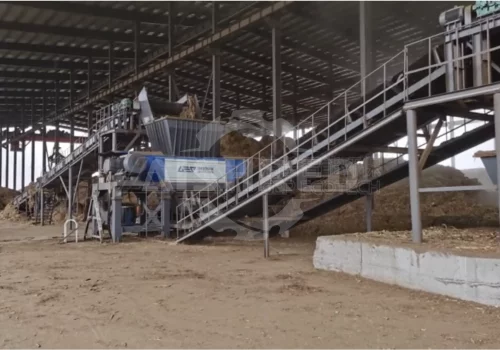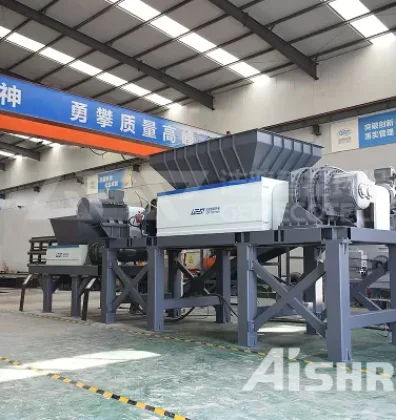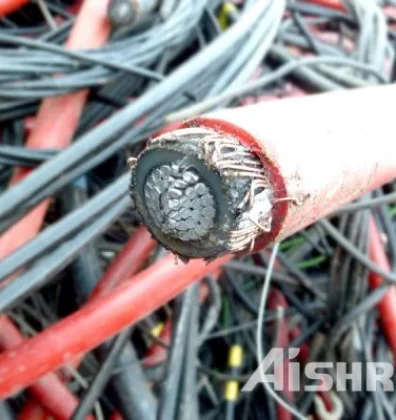In the global energy landscape, coal remains a dominant player, accounting for a significant portion of electricity generation. Despite its widespread use, coal-fired power plants face mounting criticism for their contribution to greenhouse gas emissions and climate change. As nations strive to meet carbon neutrality goals and adhere to international agreements, the urgency to transition away from traditional coal-fired energy has never been more critical.
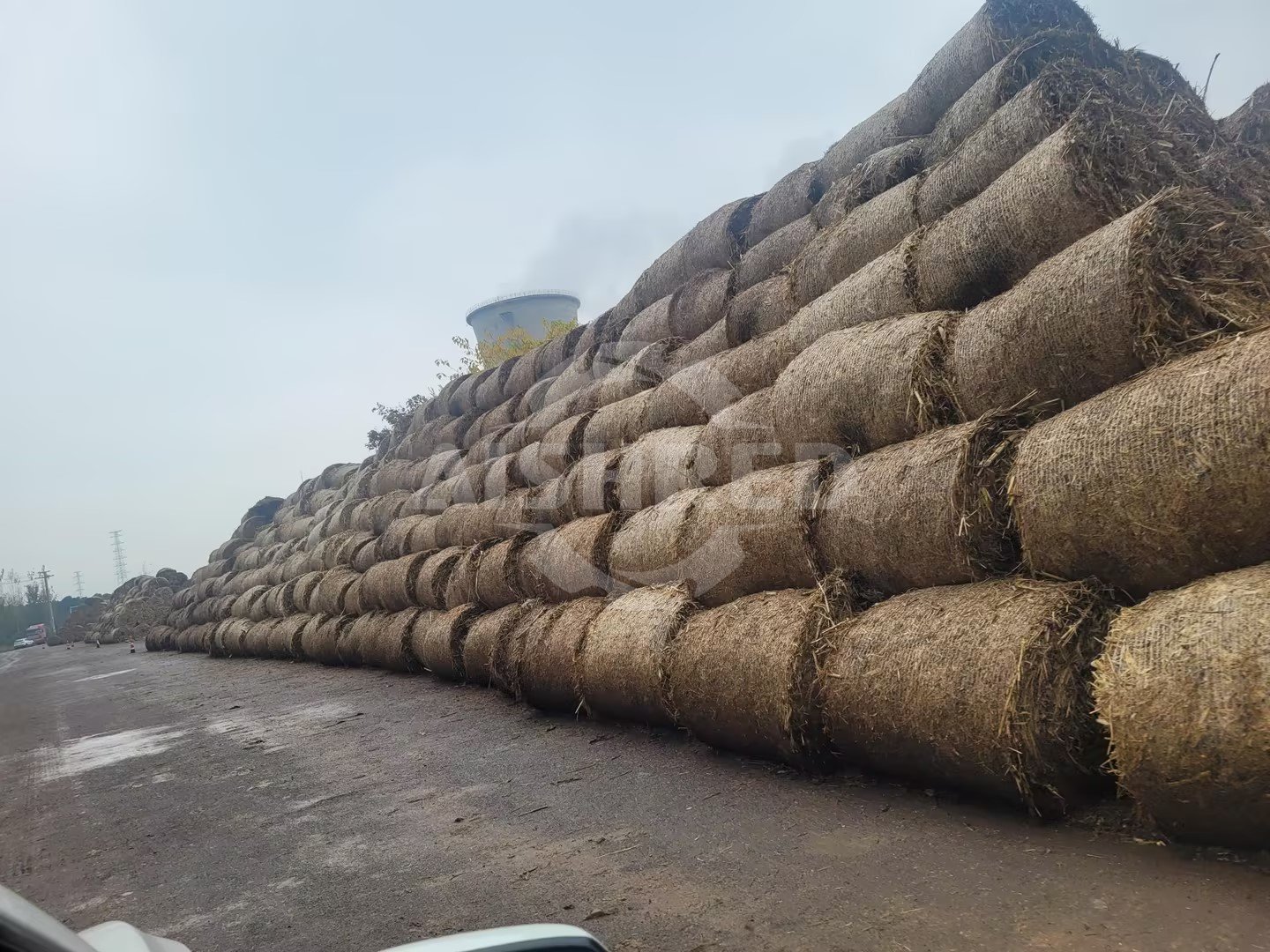
Biomass in the Raw Material Yard of co-firing Power Plant
However, moving entirely away from coal-based power generation presents significant challenges due to its complexity and the time required for complete replacement. As a practical and immediate alternative, cofiring biomass with coal has emerged as an effective transitional solution. By blending biomass—a renewable and carbon-neutral fuel—with coal, power plants can significantly reduce greenhouse gas emissions without requiring extensive modifications to existing infrastructure.
Biomass Cofiring Methods
Cofiring sustainable biomass with coal can be achieved through several methods, each offering distinct advantages. These methods have been successfully implemented or trialed at commercial scales in various systems, including pulverized fuel (PF) boilers, circulating fluidized bed boilers, and gasification setups. Biomass is even being explored as bio-coke for steel production, showcasing its versatility.
- Direct Cofiring: Biomass is blended with coal and burned together in the same furnace. This is the simplest and most cost-effective approach, requiring minimal modifications to existing coal-fired systems.
- Indirect Cofiring: Biomass is processed in a separate gasifier to produce syngas, which is then burned alongside coal in the main boiler. This method enhances fuel flexibility and reduces potential fouling or corrosion issues.
- Parallel Cofiring: Biomass is combusted in a dedicated boiler, and the generated steam or energy is integrated into the coal plant's operations. This offers high efficiency and independence in biomass processing while maintaining the core functionality of the coal system.
GEP ECOTECH's Biomass Fuel Pre-processing System
GEP ECOTECH provides advanced biomass fuel pre-processing systems designed to optimize cofiring operations. These systems transform raw biomass into uniform, high-quality fuel suitable for direct, indirect, or parallel cofiring applications. With robust design and cutting-edge technology, GEP ECOTECH’s solutions ensure reliable, efficient, and environmentally friendly biomass preparation.
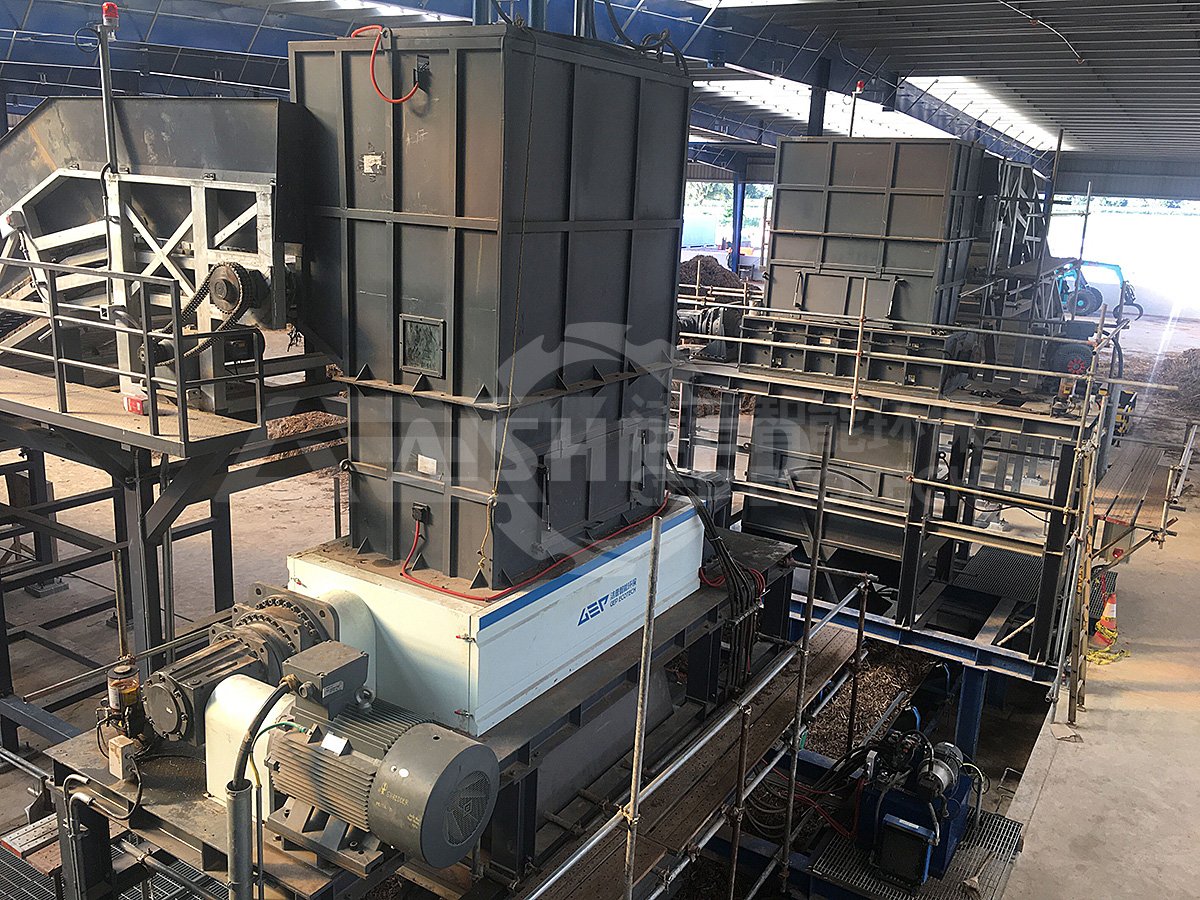
GEP ECOTECH Biomass Fuel Pre-processing System in the Philippines North Negros BioPower
The system encompasses a comprehensive range of processes, including shredding, drying, screening, and pelletizing. High-performance shredders reduce bulky biomass into manageable sizes, while drying systems adjust moisture levels to meet combustion requirements. Screening equipment ensures uniform particle size, and optional biomass pelletizing machines create dense, transportable fuel.
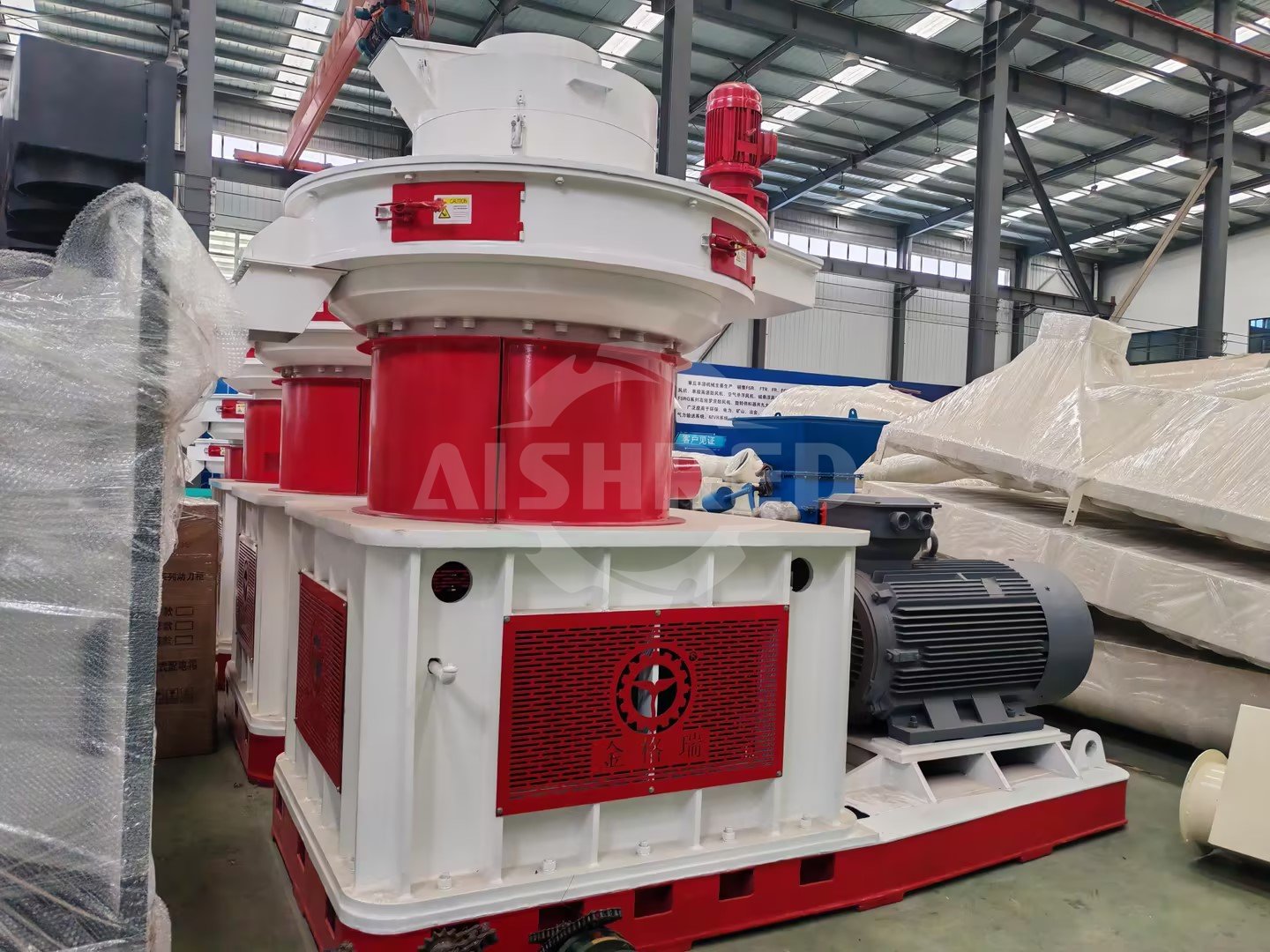
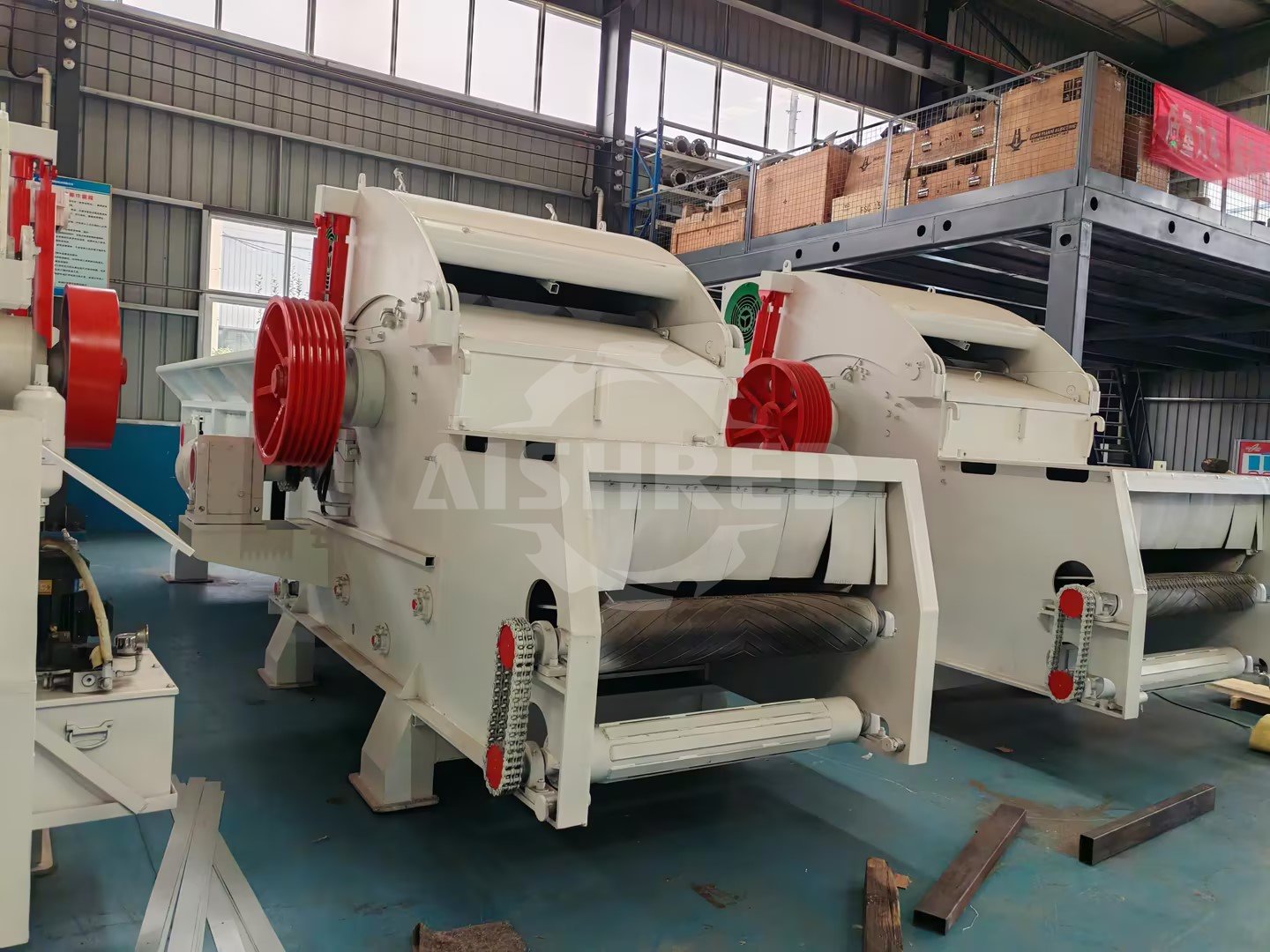
GEP ECOTECH’s systems are highly customizable, accommodating various biomass types such as agricultural residues, wood waste, and energy crops. They are engineered for seamless integration into existing coal-fired plants, making them an ideal choice for facilities adopting biomass cofiring.
Appendix, Calorific Value and Ash Content of Different Biomasses
| Biomass Type | Lower Heating Value (kcal/kg) | Ash Content (%) |
| Eucalyptus Bark | 3000 | 5-7 |
| Eucalyptus Branches | 3400 | 2-3 |
| Sugarcane Leaves | 2800 | 5-10 |
| Sugarcane Bagasse | 3000 | 3-6 |
| Corn Stalks | 3200 | 10-15 |
| Wheat Straw | 3200 | 10-15 |
| Peanut Shells | 3500 | 10-15 |
| Rice Husk | 3200 | 10 |
| Chili Stalks | 3500 | 10-15 |
| Furfural Residue | 2800 | 5-7 |
| Mixed Wood | 3700-3900 | 5-7 |
| Pine Wood | 4100-4200 | 2 |

